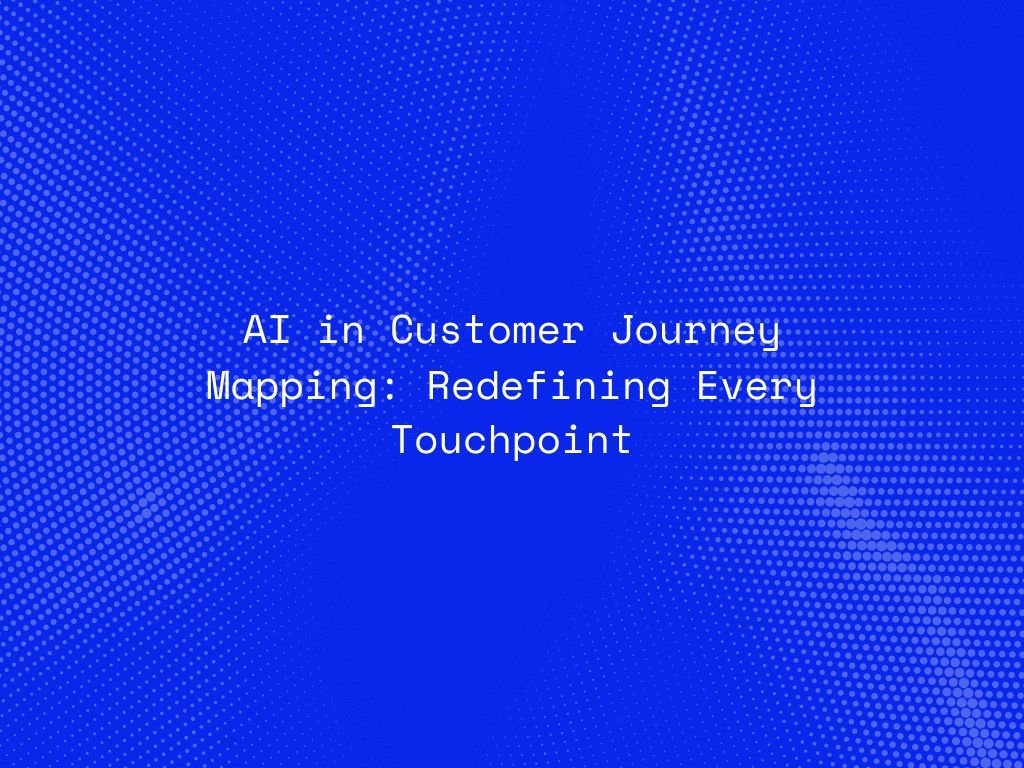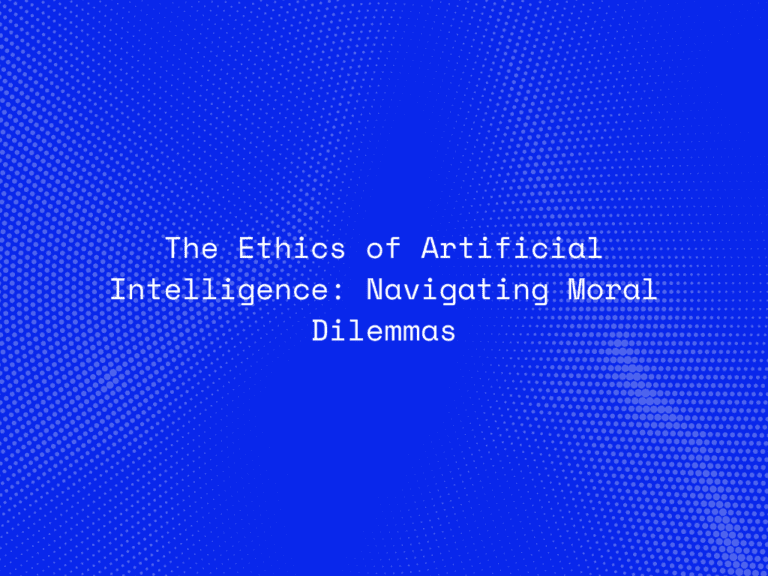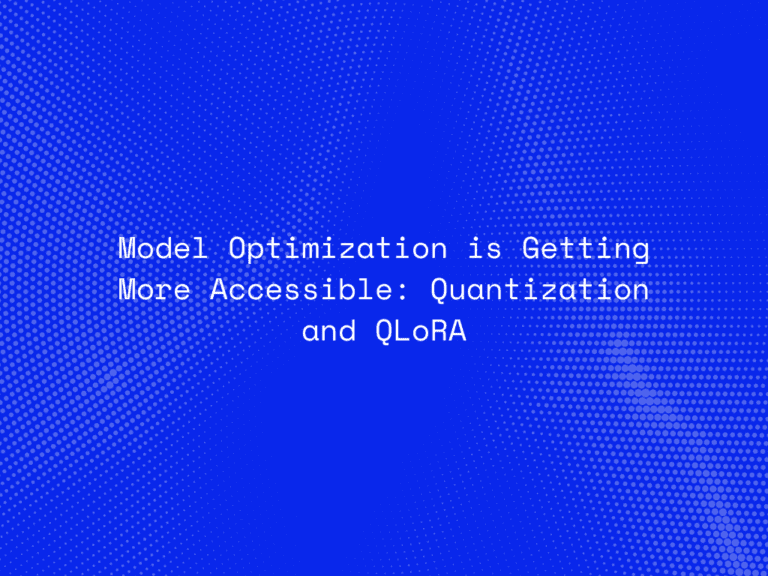Customer expectations are evolving at a rapid pace, shaped by digital-first experiences and personalized interactions. In this landscape, understanding and optimizing the customer journey has become a strategic priority for businesses across industries. Traditional methods of journey mapping—based on surveys, assumptions, and historical data—are no longer sufficient. To truly redefine every touchpoint, organizations are now leveraging artificial intelligence (AI) to create smarter, more dynamic, and data-driven customer journey maps.
From Static to Dynamic Journey Mapping
Conventional customer journey maps often provide a snapshot of generalized behaviors. While useful, they lack the ability to adapt in real time or account for the complexity of modern interactions that span multiple channels and devices.
AI transforms this process by analyzing massive volumes of structured and unstructured data—clickstreams, social media interactions, purchase histories, and even voice-of-customer feedback. Instead of static diagrams, businesses now gain living, evolving journey maps that reflect real-time behavior and adapt to shifting customer needs.
How AI Redefines Customer Touchpoints
-
Hyper-Personalization at Scale
AI tailors experiences to individual preferences, recommending products, content, or services at the exact moment of need. For example, an e-commerce platform can predict when a customer is likely to abandon their cart and trigger personalized incentives to complete the purchase. -
Predictive Customer Insights
Machine learning models identify potential drop-off points before they occur, enabling proactive engagement. Banks, for instance, can detect signals of customer churn and intervene with customized offers. -
Omnichannel Integration
AI ensures consistency across channels—whether in-store, online, via mobile, or through customer service chatbots. This unified view helps brands deliver seamless experiences at every stage of the journey. -
Real-Time Interaction Analysis
Natural language processing (NLP) tools evaluate customer conversations from support tickets, reviews, or social media to uncover sentiment and emotional drivers, refining touchpoints accordingly. -
Journey Simulation and Optimization
AI-powered simulations model how customers are likely to behave in different scenarios, helping organizations test new strategies, product launches, or campaign designs before full-scale rollout.
Applications Across Industries
-
Retail & E-commerce: Personalized product recommendations and AI-driven loyalty programs.
-
Healthcare: Patient journey mapping that improves appointment scheduling, follow-up care, and digital health interactions.
-
Financial Services: Anticipating customer needs for loans, insurance, or investment advice.
-
Travel & Hospitality: Predicting traveler preferences to enhance booking experiences and customer service.
-
B2B Services: Mapping decision-maker journeys to optimize account-based marketing efforts.
Challenges in AI-Powered Journey Mapping
Adopting AI in customer journey mapping is not without obstacles. Data privacy remains a critical concern, particularly with regulations like GDPR and CCPA. Additionally, ensuring the transparency of AI-driven insights is essential for building trust. Companies must also avoid over-automation, as customers still value human empathy and interaction in key moments.
The Human-AI Balance
The most successful implementations of AI in customer journey mapping blend automation with human expertise. While AI uncovers patterns and provides actionable insights, marketers, product designers, and customer service teams bring context, creativity, and empathy to ensure meaningful engagement.
The Future of Customer Journey Mapping
As AI capabilities expand, the future of journey mapping will move beyond reactive optimization toward predictive orchestration. Businesses will not just respond to customer needs but anticipate them—delivering the right message, on the right channel, at the right time, often before the customer even articulates their demand. This shift will redefine customer relationships, transforming them into partnerships built on relevance, trust, and value.
Conclusion
AI is reshaping the way businesses understand and engage with their customers. By redefining every touchpoint through intelligent journey mapping, organizations can enhance satisfaction, strengthen loyalty, and create experiences that resonate deeply. In the era of digital transformation, companies that integrate AI into customer journey strategies will lead the way in building customer-centric futures.




